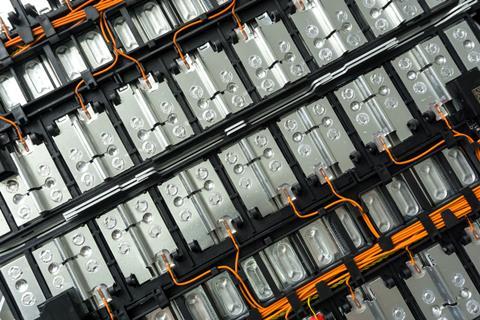One of the biggest challenges Li-ion batteries face is self-discharge, where they lose their charge even when they are not in use. Researchers at the Tesla-funded battery research centre at Dalhousie University have now discovered the reason behind this phenomenon and it is surprisingly simple: the use of adhesive tape.

“In our laboratory we do many highly complex experiments to improve batteries, but this time we discovered a very simple thing — it is in every plastic bottle and no one would have thought that this has such a huge impact on how the lithium-ion cells degrade.” said says Michael Metzger, an assistant professor and the Herzberg-Dahn chair and in the Department of Physics and Atmospheric Science.
Coiled electrodes in lithium-ion battery cells are held together with a common plastic material known as PET adhesive tape. At higher temperatures within the battery, the plastic decomposes to form dimethyl terephthalate (DMT). DMT acts as an “electrochemical shuttle” that discharges the battery, acting as a redox molecule. It reduces at the cathode, picking up an electron, and oxidizes at the anode, releasing the electron.
In test series with NMC batteries, researchers found the electrolyte, which is normally colourless, became increasingly discoloured at temperatures above 25°C. The warmer the battery got, the darker the liquid became and the more frequently the active redox reaction could be detected. The cause of the discoloration was traced back to DMT, a component of the widely used plastic PET, which was present in the battery cells studied in the form of adhesive tape.
Senior author Michael Metzger of Dalhousie University calls this a “commercially relevant discovery” because it opens up the possibility of fixing the problem with a different, more stable material. The team is already in contact with battery manufacturers to inform them of this simple but effective change.
While not every battery cell format uses adhesive tape to hold together the electrodes, this finding could have significant implications for the battery industry. By replacing the PET tape with a more stable material, it could lead to longer-lasting and more reliable batteries in the future.


















